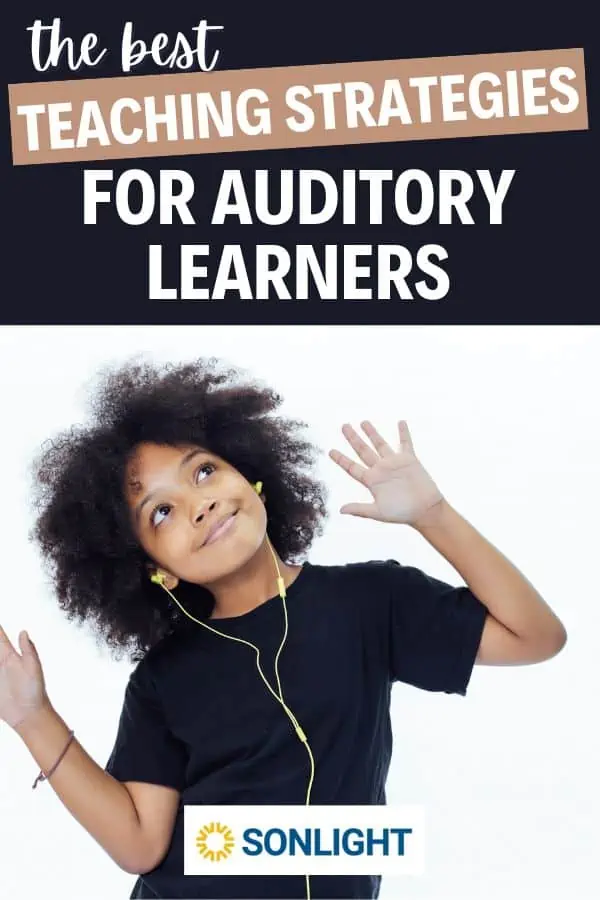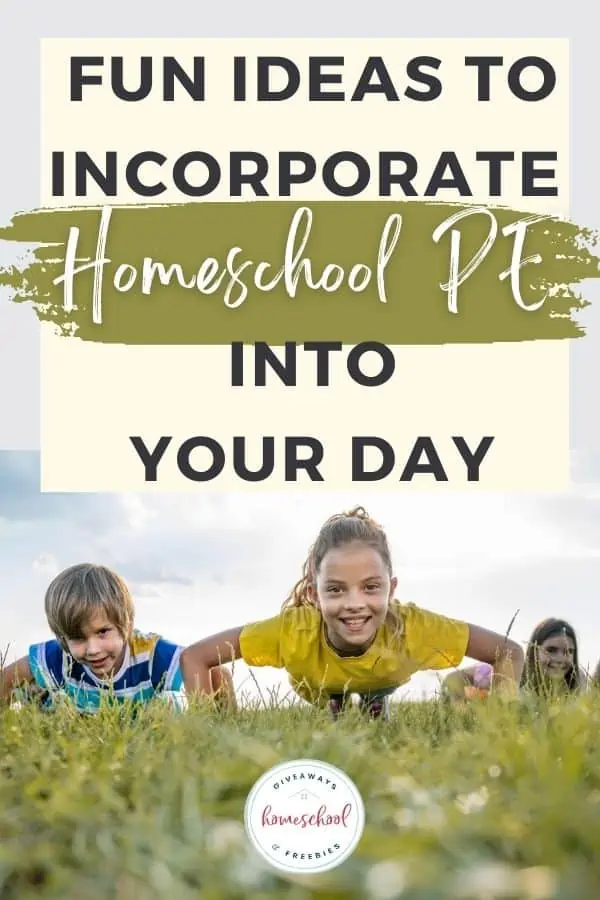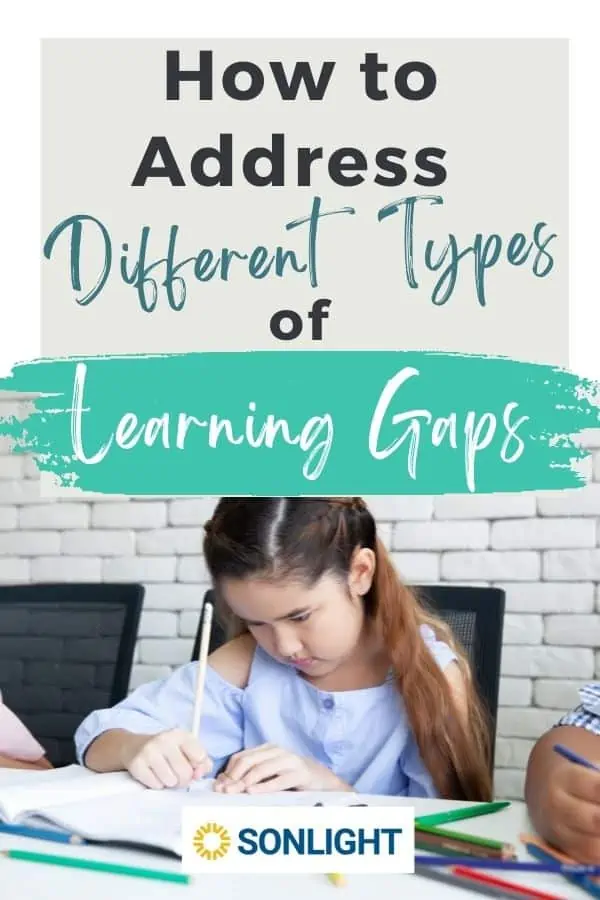4 Ways to Start Using More Primary Sources in Your Homeschool
Published:
March 1, 2021

Contributor:
Abby Banks
Disclosure: This post may contain affiliate links, meaning if you decide to make a purchase via my links, I may earn a commission at no additional cost to you. See my disclosure for more info.
Those of us who grew up in a traditional school environment may not have much experience with primary sources. For example, instead of reading the actual speech one of the Founding Fathers gave at the Constitutional Convention, we read a textbook publisher’s opinion and interpretation of that speech. So, how can we start to use more primary sources in our homeschools? Here are four easy ways to get started.
First, let’s start with a definition of a primary source just so we are clear as to what we’re aiming for.
According to Wikipedia, “a primary source (also called an original source) is an artifact, document, diary, manuscript, autobiography, recording, or any other source of information that was created at the time under study. It serves as an original source of information about the topic.”
Let’s explore some basic ways to include more primary sources in our homeschool instruction.
History
Using more original sources in your history studies is probably the most obvious example of a place to start. But many of us probably feel too rushed for time or too busy to hunt them down.
Notgrass History provides a helpful resource in their curriculum. While they are textbook based, each of their courses also includes a full book of primary source material that your student reads alongside of the textbook author’s analysis.
Here’s an example of the kind of primary source material you will find in the Exploring America high school curriculum from Notgrass History:
- Mayflower Compact
- Virginia Statute for Religious Freedom
- Thomas Jefferson’s First Inaugural Address
- Letters fromJohn Adams and Thomas Jefferson
- Poems by Oliver Wendell Holmes
- Populist Party Platform of 1892
- plus dozens and dozens more!
Another fun way to include source material for your younger students is in the form of letters from historical figures. Sometimes you can find actual letters that convey an interesting first-person account of an event or time period in history. Letters written from soldiers on the battlefield give an emotional glimpse into the human experience of war, for example.
A fun new resource that you may not be familiar with is HeritageLetter.com. In this subscription-based service, your child will receive a letter written from the perspective of a famous person in American history. These letters may not officially be considered primary source documents, but they may allow your younger kids to start studying history from a personal perspective rather than simply from a textbook.
If you want to hear the story behind HeritageLetter.com, listen in on episode #99 of the Homeschool with Moxie podcast for an interview with the creator.
Science
Adding primary sources to science might be a bit trickier. But consider these ideas:
- Enjoying John Audubon’s extensive pictoral record of North American bird species
- Going outside for nature study instead of studying the same topics inside with a textbook
- Using field guides instead of textbooks
By sketching and writing in their nature notebooks during your homeschool nature study, your children will be creating their own primary source! Maybe they’ll be the next Audubon.
Bible
Many of the Bible curriculums you can find on the homeschool market are written for a Christian school audience. They need to include teacher’s manuals, worksheets to keep the kids busy, quizzes, and tests.
But when you’re homeschooling, you have the freedom to – gasp – use the actual Bible to teach your kids the Bible! Talk about a primary source!
The beauty of teaching directly from the Bible in your homeschool is that your kids are getting the Words of God in their most direct form (for English speakers, anyway). Of course, you’re probably not reading and understanding it in its original language (Hebrew or Greek), but you’re giving your kids a great gift by helping them learn to interpret the text of Scripture in context.
While this may seem challenging to know how to study the Bible with your kids, there are wonderful tools, including the inductive Bible study method.
Check out these resources to learn more about using the Bible as your primary source:
- Why Charlotte Mason Would Love the Inductive Bible Study Method
- How to do an Inductive Bible Study
- James Self Study Workbook for Inductive Bible Study
- Jonah & Nahum Little Fishes Bible Study
Reading
You may think that reading is a funny subject to mention here. After all, aren’t we all reading books in our homeschools? That would be primary source material, would it not?
Well, yes, you may be reading actual books. But there are loads of homeschoolers who have fallen into the “trap” of thinking that they need grade-level-specific “reading textbooks” instead.
Once again, these are primarily in the market due to Christian schools who operate with a traditional school model.
When you’re homeschooling, you have the freedom, once again, to go right to the source. Instead of using a reading curriculum that is full of excerpts of actual books, read the actual books! Your children will enjoy this much better than completing a reading textbook.
So, all in all, I hope you see how beneficial (and easy) it is to add more primary sources to your homeschool. It will give your kids better critical thinking skills to interact with the actual sources themselves rather than hearing an author’s interpretation of that source.








